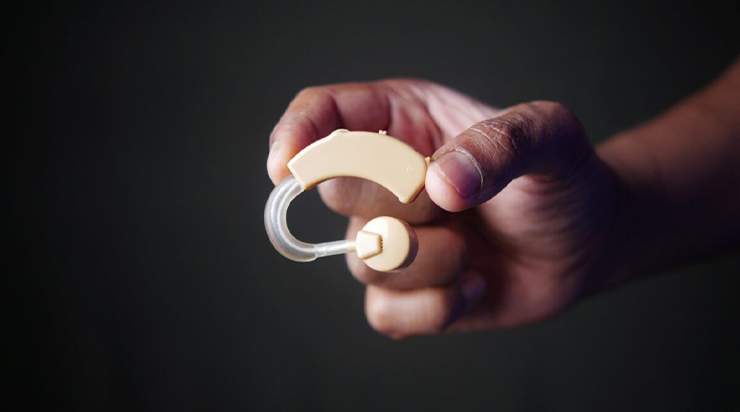Despite rising access to assistive technologies, public understanding remains low. This blog explores why awareness is crucial and how campaigns can shift mindsets.
Regional Chapters by 2026
International Partners by 2027
Startups Supported by 2028
Govt Projects Targeted by 2026
Breaking the Stigma
Assistive devices are often misunderstood as symbols of weakness. Societal attitudes, especially in rural India, prevent individuals from adopting tech that improves quality of life. Campaigns by government and NGOs are now reframing AT as tools of empowerment.
Mass media, celebrity advocacy, and inclusive advertising are playing a part. Community outreach by local champions is essential. Youth-centric campaigns, particularly on social media, are helping normalize disability conversations.
Education & Community Engagement
Workshops, exhibitions, and AT expos create immersive ways for the public to understand devices. School inclusion programs introduce children to adaptive tools early. Training programs for Anganwadi and ASHA workers increase grassroots knowledge.
AATMA members can co-organize campaigns, roadshows, and info kits with ministries. Awareness boosts not just usage but funding, policy support, and innovation interest.

Summary
- Stigma deters AT adoption.
- Media can reshape perceptions.
- Youth campaigns have impact.
- School outreach is effective.
- ASHA/Anganwadi training matters.
- Awareness supports investment too.



